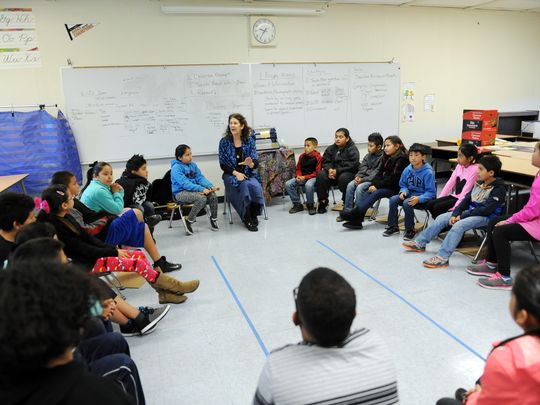
“The spirit in which she does her work, makes all the difference. Invested as she should with the dignity of her profession and the cloak of love for suffering humanity, she can ennoble anything her hand may be called upon to do, and for work done in this spirit there will ever come to her a recompense far outweighing that of silver and gold.”
Isabel Hampton Robb – “Nursing Ethics” 1900
Caring for children requires respect for the developmental stages of growth, the environment in which they are born, and the challenges that are unique to their life experience. As caregivers we seek to embrace the child where they are on this journey and provide them with tools to self-advocate for their needs on their path toward wellness.
I believe that the skilled intervention of storytelling at the bedside, is a keystone to a child’s mental health. From first diagnosis to palliative care, the story nurse practitioner welcomes the patient wherever they are on their journey toward health and healing. While storytelling and story listening are by nature interactive, the power of the spoken word and any intended therapeutics remain elusive. Therein lies the “magic” of storytelling bringing the universal experiences of the human condition “home” to the listener.
Yet storytelling, grounded in the processes of caring – knowing, being with, doing for, enabling and maintaining belief (Kristen Swanson PhD, RN’s Theory of Caring) – becomes an intentional act of caring by utilizing stories of the human condition that embrace those elements. Stories of “knowing” promote respect and understanding for another’s differences. Stories of “being with” encourage the quality of patience with others. Stories of “doing for” promote the spirit of generosity and giving to another. Stories of “enabling” model helping others when they are in need. Stories of “maintaining belief ” nurture the belief in one’s ability to persevere in the midst of a life challenge.
The vicarious internalization of the storyline, characters, crisis, and resolution allow the child to choose from the story the elements that “speak” to them in the moment. Much like the value of “time-released ” medicine, a story landscape can inspire over time shifts in emotional attitude changing apathy into compassion, fear into courage and defeat into resilience. It is in this way, that I believe “ A Story Can Change a Life.”
Elizabeth Jannasch MN, BSN, has worked with children and parents in both acute and chronic health care settings for over 20 years. She has certificate training in Interactive Guided Imagery™ from the Academy for Guided Imagery and writing from the Institute for Children’s Literature. She has developed an academic curriculum utilizing folktales and activities for bully prevention and currently is engaged in a project to bring storytelling to the bedside.
You may contact Elizabeth at: ejannasch@mac.com
